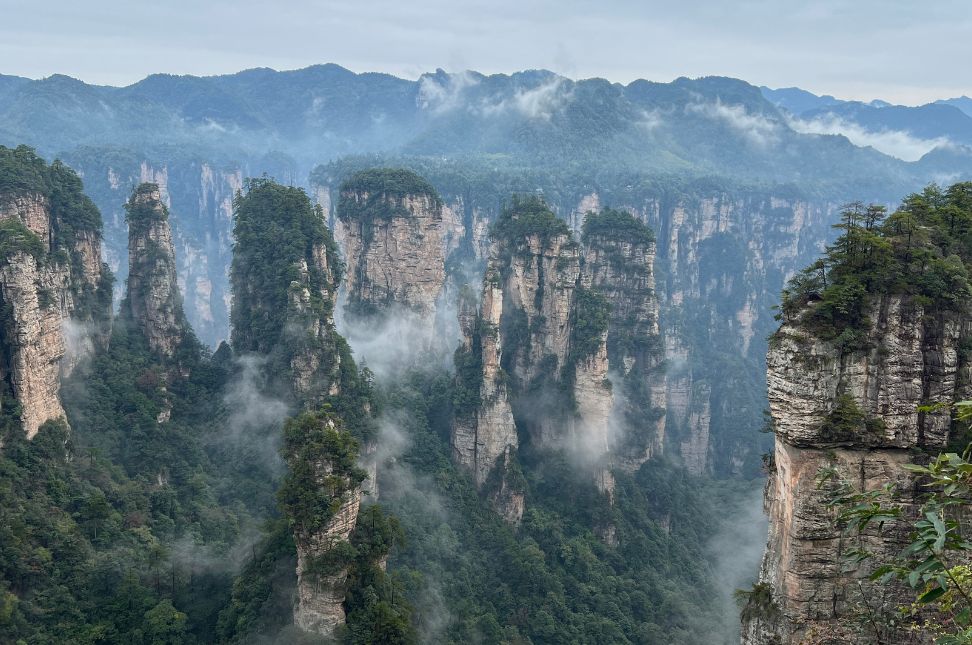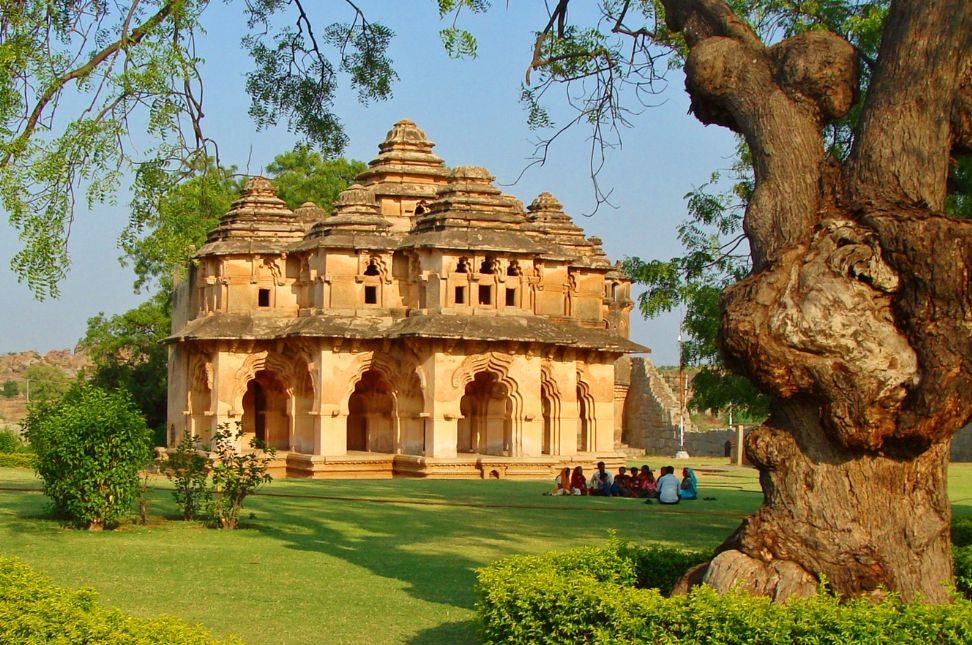Nestled in the state of Gujarat, India, Champaner-Pavagadh Archaeological Park is a UNESCO World Heritage Site that offers a fascinating glimpse into the region’s rich cultural and architectural history. This archaeological wonder, which combines both natural beauty and man-made marvels, is a hidden gem that many people, especially outside India, may not know about. For travelers from TIER 1 countries like the US, UK, Canada, and Australia, this destination offers an unforgettable journey through time.
The Historical Significance of Champaner-Pavagadh Archaeological Park
Champaner-Pavagadh Archaeological Park boasts a rich history dating back to the 8th century. The site is located at the foothills of the Pavagadh hill, which was once a major Hindu religious center. The region’s architectural wonders and historical significance grew under the rule of the Chavda and Solanki dynasties. However, it reached its peak during the reign of Sultan Mahmud Begada of Gujarat, who established the city of Champaner in the 15th century. He transformed the region into a vibrant trade and military hub, leaving behind an array of stunning monuments that have survived the test of time.
This park is home to structures that reflect a blend of Hindu and Islamic architecture, a testament to the confluence of cultures and religions in the region. From temples and mosques to palaces and tombs, the site provides visitors with an unparalleled look into medieval Indian architecture.
What to Explore in Champaner-Pavagadh Archaeological Park
Visitors to Champaner-Pavagadh Archaeological Park are in for an adventure that is both educational and spiritually uplifting. Some of the most prominent attractions include:
1. The Pavagadh Hill and Kalika Mata Temple
The Pavagadh Hill is a significant landmark in the park. It’s not just a natural wonder but also a pilgrimage site. At its summit lies the Kalika Mata Temple, a revered Hindu temple dedicated to the goddess Kali. Pilgrims from all over India visit this temple, making it one of the most important religious centers in the country. For international visitors, the spiritual energy and the surrounding views from the top are a must-experience aspect of the trip.
2. The Jama Masjid
Built during the reign of Sultan Mahmud Begada, the Jama Masjid is a stunning example of Indo-Islamic architecture. The mosque stands as one of the best-preserved structures in Champaner-Pavagadh Archaeological Park, with its impressive minarets, intricate carvings, and detailed domes. The fusion of Islamic and Hindu styles in the architecture is a unique aspect that draws the attention of history buffs and architects alike.
3. Kevada and Nagina Masjids
Both the Kevada and Nagina Masjids are smaller yet equally captivating. These mosques offer intricate stone carvings and unique architectural details that reflect the artistry of the period. The beautiful symmetry and the layout of these structures make them perfect subjects for photography and architectural studies.
4. The Citadel and Fortifications

The citadel of Champaner, surrounded by strong fortifications, was once the royal residence of the Gujarat Sultanate. The fort’s layout is carefully planned, with gates, bastions, and protective walls that provide a glimpse into the military architecture of the time. Exploring these ancient ruins gives visitors a sense of the strategic importance of Champaner during its heyday.
5. Stepwells and Water Structures
Champaner-Pavagadh Archaeological Park is home to several stepwells, including the Helical Stepwell. These stepwells, also known as “vavs,” served not only as sources of water but also as places for social gatherings. The intricate designs and the engineering marvels of these stepwells make them some of the most fascinating aspects of the park.
The Natural Beauty of Pavagadh Hill
In addition to the historical and architectural wonders, Champaner-Pavagadh Archaeological Park is set in a location of outstanding natural beauty. The lush green landscape, dense forests, and dramatic cliffs of Pavagadh Hill add to the mystique of the site. Trekking enthusiasts will enjoy the hike to the Kalika Mata Temple, which offers panoramic views of the surrounding plains.
For those interested in geology, Pavagadh Hill is an ancient volcanic formation, which adds another layer of intrigue to the park. The natural setting of this archaeological treasure blends seamlessly with its historical and cultural significance, offering a holistic experience for visitors.
Why Champaner-Pavagadh is a Must-Visit for International Travelers
For travelers from TIER 1 countries like the US, UK, Canada, and Australia, Champaner-Pavagadh Archaeological Park offers a unique opportunity to experience India’s lesser-known historical gems. Unlike the more popular tourist destinations like the Taj Mahal or Jaipur, this park remains relatively undiscovered by international tourists, making it a peaceful and enriching experience.
The blend of architectural styles, the spiritual significance, and the lush natural surroundings make it a diverse destination that caters to history lovers, architecture enthusiasts, and nature seekers alike. The park is also a great educational opportunity for those looking to learn more about India’s rich history beyond the Mughal period and the British colonial era.
Practical Information for Visitors
Champaner-Pavagadh Archaeological Park is easily accessible from major cities like Vadodara and Ahmedabad. It’s around 50 kilometers from Vadodara and about 150 kilometers from Ahmedabad, making it a convenient day trip for those staying in these cities. For international visitors, flying into Ahmedabad and taking a short drive to the park is a good option.
The best time to visit is between October and March when the weather is cooler. During these months, visitors can enjoy the natural beauty of the park without the oppressive heat. Make sure to wear comfortable shoes, especially if you plan to hike to the Kalika Mata Temple or explore the various ruins on foot.

Guided tours are available, but independent travelers can also navigate the park with the help of maps and information boards scattered throughout the site. English-speaking guides are usually available, making it easier for international visitors to understand the historical context of the various structures.
A Glimpse into India’s Lesser-Known Heritage
In conclusion, Champaner-Pavagadh Archaeological Park offers a unique blend of history, architecture, and natural beauty. For travelers looking to explore India beyond its more famous monuments, this park is a perfect destination. The site’s rich history, combined with its breathtaking scenery, offers a truly memorable experience.
As you walk through the ruins and marvel at the architectural feats of a bygone era, you will feel connected to the cultural and religious history of India. Whether you are drawn to the sacred temples, the imposing fortifications, or the tranquil beauty of the landscape, Champaner-Pavagadh Archaeological Park has something to offer every kind of traveler. So, if you’re planning a trip to India, make sure this remarkable UNESCO site is on your list.




